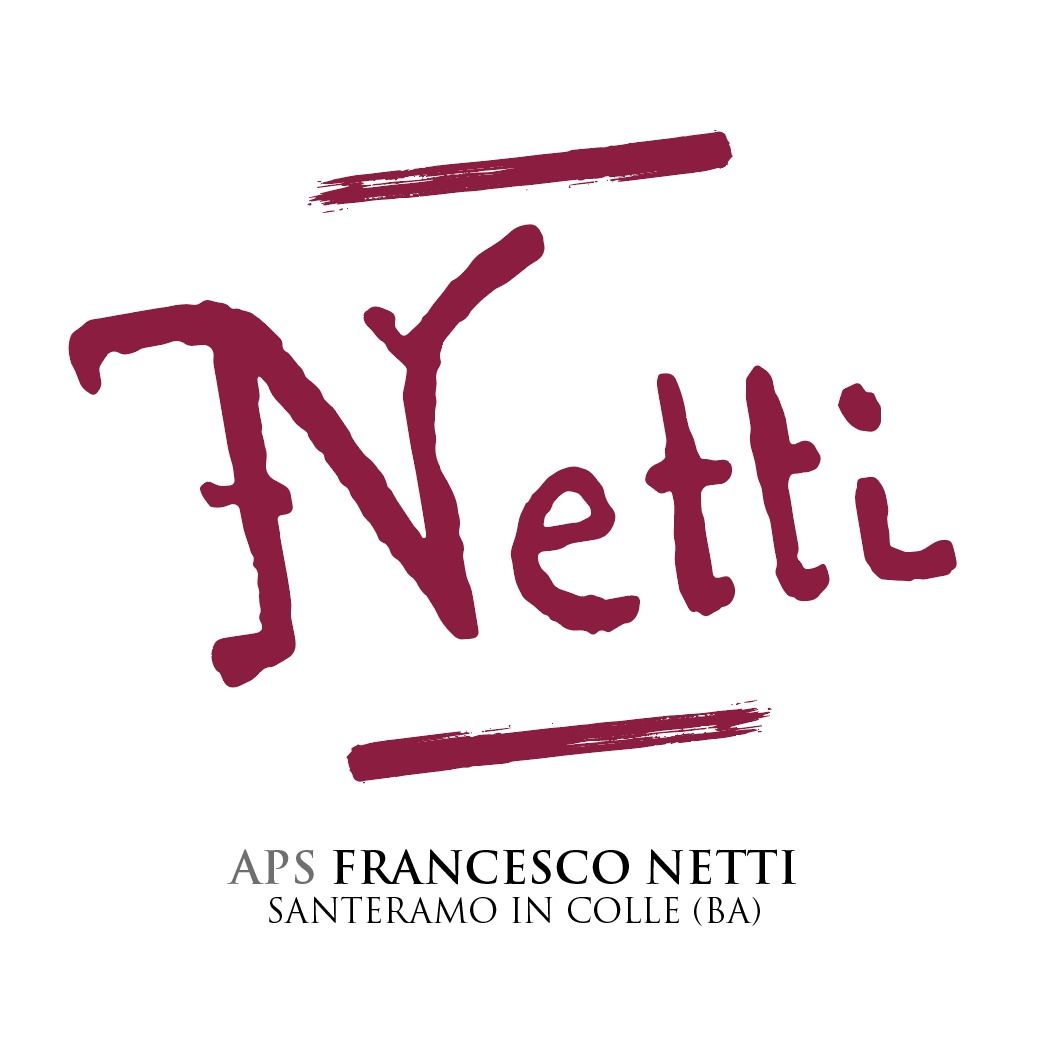Biography
The stay in Paris from 1866 to 1871 brought about a profound change in Netti's art who, under the influence of G. Palizzi, began to paint from life.
In Grez, a small village on the edge of the Fontainebleau forest, he executed a series of drawings and paintings of which the best known, Festa a Grez, 1869-1870 (Bari, Pinacoteca Provinciale), reveals a clear influence by Courbet. At the Salon of 1870 he exhibited two works: Souvenir d'une rue à Naples and Prairie environs de Fontainebleau.
Netti's multiple interests manifested themselves on various occasions, when he participated in the VII Pedagogical Congress of Naples (1871) with a report as a member of the special drawing commission and when, in 1874, he undertook a cultural trip to Padua, Ferrara, Venice, bringing together his experiences in the article In Venice. travel notes and impressions.
The most representative work of that area is In Corte d'Assise, 1882 (Bari, Provincial Art Gallery), proposed at the National Exhibition in Rome in 1883; the subject takes its cue from a well-known trial of the time, made unforgettable by Carducci's epic, Apropos of the Fadda trial, 1879.
Another revitalizing journey for his art was the one undertaken in 1884 in Turkey, on the yacht of the prince of Sirignano. The experience materialized in a series of watercolors and sketches made from life and subsequently elaborated in various oil compositions; we only mention La siesta, 1884 (Bari, Provincial Art Gallery) and Le embroiderers from Levantine, 1886-1888 (Conversano, Museum Pole - Francesco Netti Art Gallery).
His latest research, from 1890 until his death, is aimed at the theme of the Apulian Reapers, a cycle of three works: Rest in the harvest, The meal of the reapers, The harvest (Naples, Gallery of the Academy of Fine Arts), which raise the protagonist is the figure of the rural worker. The few preserved documents of the photographer Netti date back to the same period; they are images almost all connected to the Reapers or to the landscape of the Murgia.
Parallel to the pictorial production he carried out the activity of art critic. His first review was written in 1865, on the occasion of the III Promotrice of Naples. Articles followed, all dealing with Neapolitan artistic exhibitions and situations, except for some dedicated to the 1867 Universal Exposition in Paris and
at the Salon of 1870, the latter published in "Paris-Joli", under the pseudonym of "Gelb", and the Notes of a visitor, on the subject of the 1883 National Exhibition in Rome. In 1888 he wrote For Italian art ( 1895, published posthumously), a book of reflections and proposals, born from his dual activity as a painter and man of letters.
In the period 1875-1880, stimulated by the continuous archaeological finds in Pompeii, he mainly executed works of ancient subjects. At the National Exposition of Naples in 1877 he presented Coro antico che esce dal Tempio (Naples, Galleria dell'Accademia di Belle Arti), a theme of which there are numerous studies and variations. With Gladiator fight during a dinner in Pompeii (Naples, Museo di Capodimonte), sent to the National Exhibition of Turin in 1880, he concluded this phase to turn from now on to news stories and contemporary life.
